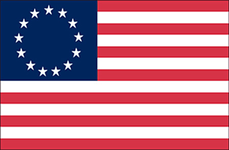- Welcome to Traditional Muzzleloading on the Cheap.



-
Historical measurement of velocity
Started by unbalancedbutfair, January 29, 2015, 09:44:22 PM
Previous topic - Next topic
User actions



Started by unbalancedbutfair, January 29, 2015, 09:44:22 PM
Previous topic - Next topic